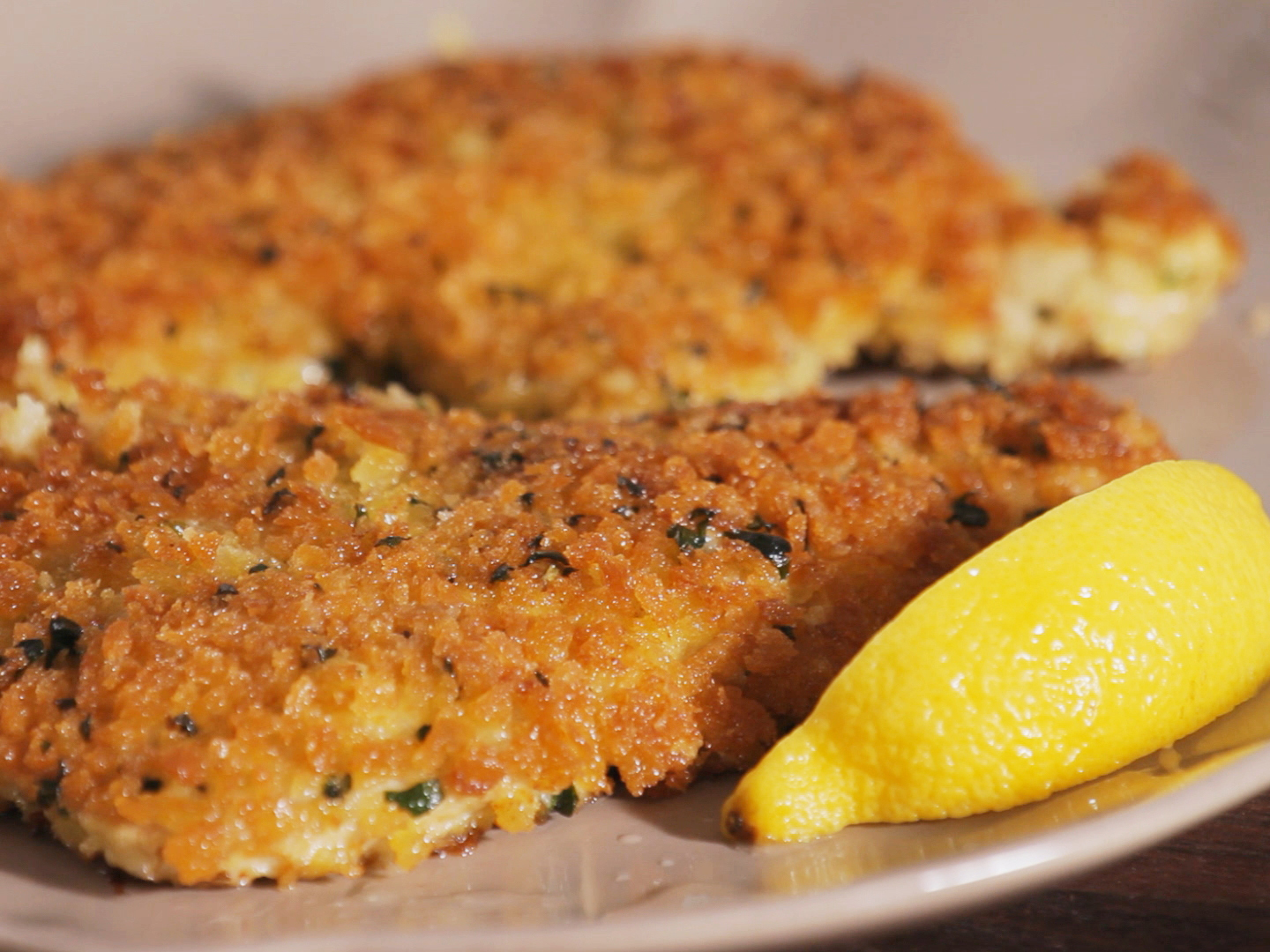

Deep-frying means to cook foods by completely submerging them in heated fat or oil at temperatures between 350☏ and 375☏ (177☌ to 191☌). Deep-FryingĪnother way to fry foods is to deep-fry them. Foods that are often pan-fried include chicken, potatoes, fish, and pork chops. Because food is not completely covered by the oil during pan-frying, you will need to turn the food after one side is done to allow for even cooking throughout.

Pan-frying does use more fat than saute-ing, so it requires longer cooking times and lower heat. Instead, it should be hot enough to sizzle when food is added, usually at 350☏ to 375☏ (177☌ to 191☌). The fat should not be so hot that it smokes. Crumbs can be made from bread, ground nuts, cereal, crackers, or shredded coconut. Q Quickly place the food into a container of dry crumbs and coat evenly. An egg wash is a mixture of beaten eggs and a liquid such as milk or water. Immediately dip the food into an egg wash or other liquid. As a corollary explanation, this study suggests that granule size correlates positively with perception of crunch.Dredge the food product in seasoned, dry flour by dipping it into the flour and coating it evenly on all surfaces. The result is a denser coating with intense crunch. My guess is that water is more easily and thoroughly evaporated from a potato-starch dredge during frying, since it’s not trapped as much in a gel. Larger molecules cohere but don’t gel as readily: Starches like potato starch have a molecular weight so much higher than that of cornstarch that it actually makes it more difficult for the molecules to associate, says Trzasko. According to starch researcher Peter Trzasko, quoted in Food Product Design magazine, smaller starch molecules like cornstarch rapidly form a starch gel when exposed to moisture and heat. Potato starch has the largest starch granules (up to 100 microns, compared to 5 to 20 microns for cornstarch).
#DREDGE COOKING FULL#
So the amylose explanation isn’t the full story. How do we explain this difference? Remember that cornstarch has a slightly higher (25 percent) amylose content than potato starch (22 percent). For this reason, potato starch is a great option if you intend to store your sauces for longer term use. Plus, when cooled, potato starch sauces don’t tend to form stiff, brittle gels, but rather viscous, translucent mixtures that flow. Sauces thickened with potato starch tend to retrograde less and resist syneresis, retaining their uniform, glossy texture when cooled, even if they’re cooled to freezing temperatures and subsequently thawed. Syneresis is exacerbated when a mixture is frozen and thawed. This ‘weeping’ is known as syneresis, and it occurs when the retrogradation of the starch forces out excess water. In some cases, the sauce may even split or loosen in the fridge, forming a watery layer. If you let a gel cool completely, like a container of cornstarch-thickened sauce in the fridge, you might notice it turns into a firm, opaque block, which is the result of the starch molecules reassociating and falling into a crystalline structure. That reassociation during cooling is called retrogradation. So a pudding thickened with pure amylose might be excessively firm and brittle (like firm jello). Once those molecules reassociate into linear chains, the resulting gel is quite firm.

Amylose has a linear structure and is tightly bonded, so it generally takes higher temperatures to break those bonds in order to thicken its surrounding liquid. A mixture thickened with pure amylopectin might be stringy or slimy, despite being the right “thickness.” If our goal is to have a more stable, firmer gel, then we might choose a starch with relatively high amylose content. The tradeoff? The resulting gel doesn’t have as much strength. That’s because the larger, branched structure of amylopectin is better at raising viscosity. For example, if our goal is to thicken a liquid with the addition of some kind of starch, we’d turn to starch sources with a relatively high amylopectin content if we’re looking to maximize thickening power. The relative proportion of amylose to amylopectin in a given starch will dictate its behavior.


 0 kommentar(er)
0 kommentar(er)
